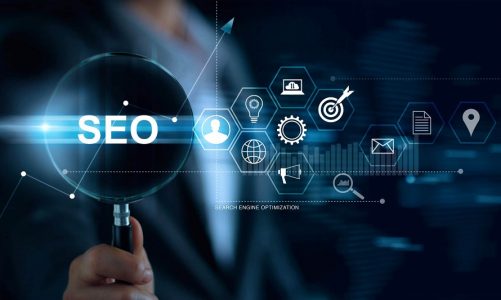Artificial Intelligence (AI). Machine Learning (ML). Deep Learning (DL). You might come across these terms and you noticed sometimes they are used interchangeably. In reality, they are quite different.
Artificial Intelligence (AI)
AI is determined as the machine’s ability to imitate human cognitive behavior such as decision-making, learning, problem-solving, and more. Knowledge engineering is the core of AI research and advancement. It is amazing as machines or computer systems can learn if they are fed with a big amount of data. Early AI was only able to mimic what could be an accountant’s knowledge of tax code or basic arithmetic problems. They depended solely on the algorithms written by computer scientists. Some experts refer to these as “Good, Old-Fashioned AI”.
Machine Learning (ML)
ML is a subset of AI. The breakthrough happens when Arthur Samuel, 1959, realized instead of teaching the system everything that it has to know about the world, it is feasible for them to teach the systems to learn and improve their performance.
Apart from that, the reason for this breakthrough is the emergence of Big Data. Big Data is an extremely huge amount of data collected since the beginning of the digital era. Everything is at your fingertips as the computers, the internet and technology are evolving amazingly. We leave digital trails with practically every digital action that we took. From online transactions to your most recent search. Everything is recorded and available for analysis.
It is far more efficient to code the systems with these data to think like humans and provide them access to all the information about the universe. Hence, it gave birth to the term machine learning because the systems are consistently learning and improving themselves through trial and error. Their goal is to minimize error or maximize the probability of their statements to be true.
The ability to do trial and error is possible thanks to the development of neural networks. Neural networks are a set of algorithms to enable the machine to identify information the way a human brain does. As mentioned, it works on a system of probability based on the data that is fed into the system. The inclusion of a feedback loop enables the system to learn by monitoring whether their predictions are right or wrong and improves over time.
Deep Learning (DL)
DL is considered the cutting-edge of ML. DL’s main focus is to develop neural networks into deep neural networks. DL focuses solely on imitating the cognitive function of the human brain. The word “deep” refers to the multiple layers of the neural networks. Rather than understanding the data in terms of coding, DL enables the system to classify complex data such as machine signals, audio signals, videos, speeches, and written words. The system is able to produce conclusions similar to the one by a human.
The best example we can see is the self-navigating cars. The system learns to recognize obstacles and provide the appropriate reaction with the help of sensors and onboard analytics. With the improvement of DL, the Google company, DeepMind is able to develop an AI which is adept to diagnose eye disease with up to 94.5% accuracy.
To conclude, you can say that AI is the broad picture of the field and ML is a specialized part of AI and finally, DL is the fine-tuned version of ML. They are similar yet different in many ways.



